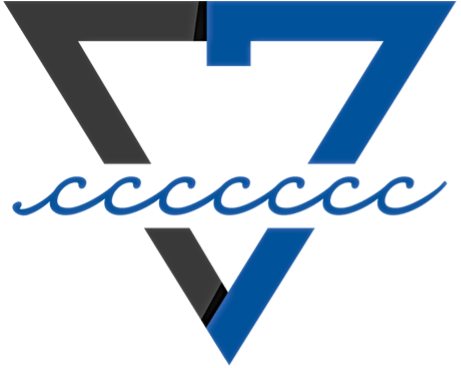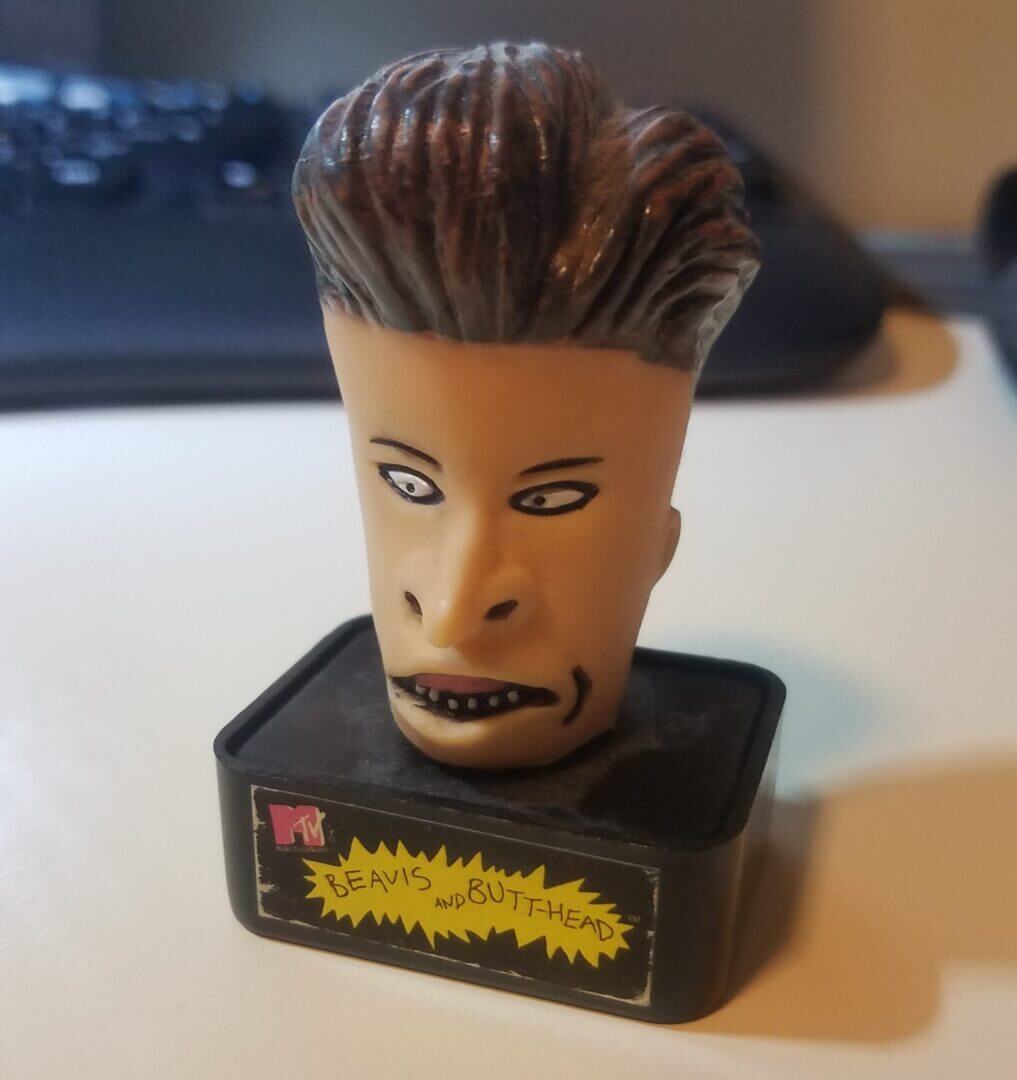We at CEEK are always interested in learning more about how we work (and how we can work better) as a team and as individuals. To this end, we occasionally challenge each other to try new ways of thinking and working. In the spirit of the Thanksgiving holiday, Steve challenged us to a gratitude experiment.
The Challenge: Keep a gratitude journal for a month to see how it influenced our thoughts, affected our perspectives and work, and impacted relationships.
The Brief Results: We all made an effort to recognize gratitude daily with positive results. Though we all interpreted the experiment differently, we each found that the more we thought about gratitude, the easier it became to see things we felt gratitude for. What we experienced is a form of confirmation bias – the tendency to look for information that confirms preconceptions (if I assume there is something to be grateful for, I will find something to be grateful for).
The Details: So, how did we do?
The most difficult aspect of this challenge appeared to be the journaling itself. Steve kept a true journal. Chris and Kristen are journal-averse and Jennifer already practices a daily gratitude ritual with her family.
Jennifer, CEEK’s Chief Gardener of People, found that the more she finds things she’s grateful and thankful for, the more she sees things she’s grateful and thankful for. Jennifer practices a gratitude ritual with her family at the dinner table – each person in her family highlights something they were grateful for that day. She explains, “Confirmation bias is a good word for what’s happening. What you are really doing is changing the pathways in your brain. If you don’t naturally look for the good, an experiment like this can retrain your brain, like paving a new highway. So, when life hits hard, rather than go down an old, negative highway, you can use your newly paved highway (or resource) to deal with a tough situation.”

“That’s called learning,” says Chris, CEEK’s Chief Learning Provocateur. “Our ability to change our behavior and learn new things, to change the way we think, is neural plasticity.” Chris didn’t keep a journal, but made a point to end each day thinking about what he’s grateful for.

Beavis and Butt-head
Kristen, Chief Story Curator, had a similar experience. She took a few minutes at the end of each day to talk about what she’s grateful for with her toddler and ask what her toddler was grateful for. “It was hard at first, but the more we talked about it, the easier it was to find things to be grateful about.”

Steve, CEEK President and Chief Catalyst of Wellness, agreed. “The most significant impact for me is that this experiment forces me to reflect on what is good. The more I believe life is good, the more I’m able to find things that are good in life.”

All this gratitude and neural rewiring doesn’t mean we won’t experience challenges.
Steve highlighted his November 13 entry: “Today was a frustrating day. I will spare the details. It’s tough to be grateful on days like this. However, I realize that it would also be tough to be grateful without days like this. How do we know “good” if there is no “bad?” I’m grateful for the adversity in my life that makes for a richer and fuller life experience.”
As we were having this discussion, Steve’s computer froze, giving him the spinning wheel. Folks who know Steve or have read his book know the intensity this brings up for him. In this moment, he could be upset or just move on. His new wiring allowed him to exercise a choice. Today he chose to laugh. The spinning wheel was just a beachball today.






